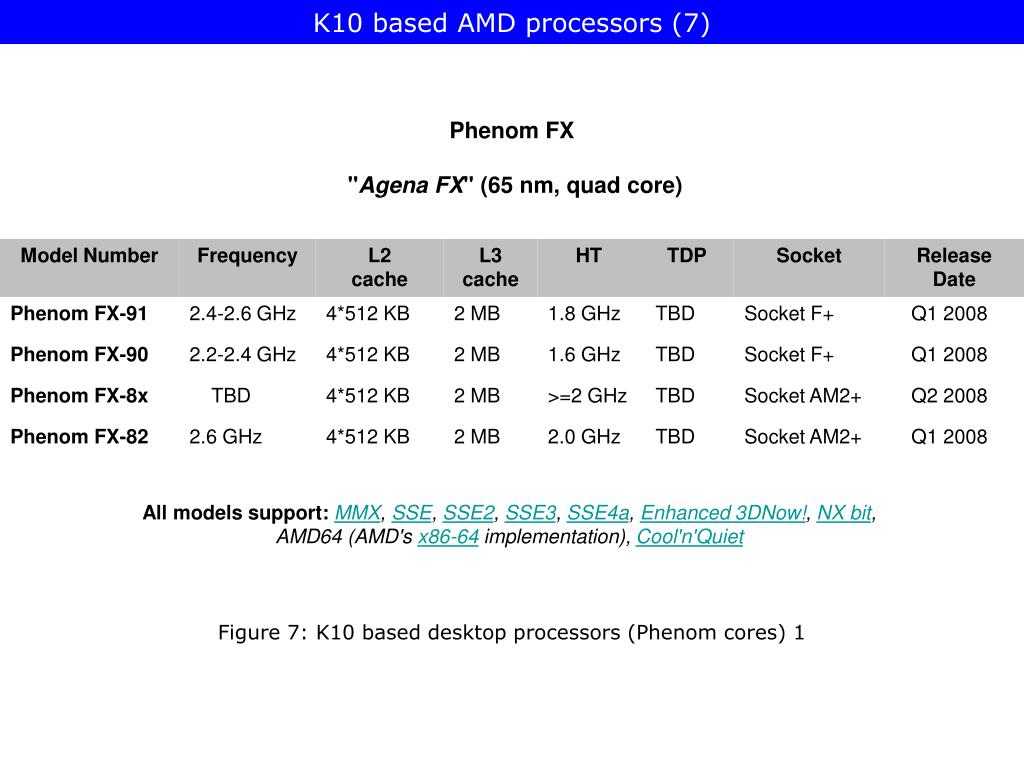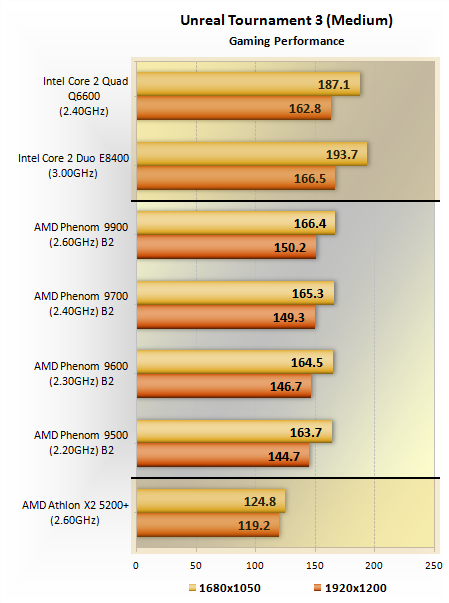
Historically, GPGPU has found use in accelerating various still image and video-processing functions, as well as for more specialized applications such as encryption and decryption, virus scanning, and supercomputer database analytics.

It refers to leveraging the massively parallel processing capabilities of a GPU as a CPU co-processor. So-called GPGPU (general-purpose computing on graphics processing units) is a concept likely already familiar to those of you who've been closely following AMD (and ATI Technologies, which AMD acquired in late 2006) or NVIDIA. Both GPUs offer 80 unified (vertex, geometry and/or pixel) shaders, capable of tackling a variety of integer and floating-point math functions. The 18 watt Zacate (Fusion E-Series) versions embed a 500 MHz Radeon HD 6310 GPU. The 9 watt Ontario (Fusion C-Series) variants of the first-generation Bobcat-based SoCs, fabricated on a 40 nm process, contain a 280 MHz Radeon HD 6250 graphics core. They represent the integrated GPU (graphics processor), which AMD has renamed an APU (accelerated processing unit) befitting AMD’s Fusion-era intent that the GPU be used not only for graphics, but also for other data-parallel tasks. Look at Figure 3 again, and you'll see two additional SIMD blocks in the Bobcat-based SoC block diagram, in the upper left corner. As such, neither architecture currently comprehends Intel's various SSE4 instruction set sub-generations or AVX (the 256-bit floating-point Advanced Vector Extensions instruction set implemented for the first time in Intel's "Sandy Bridge" CPUs). Like Atom, Bobcat supports MMX (multimedia extension) instructions along with SSE (streaming SIMD extension) instruction set generations 1 through 3. While Bobcat doesn't support Atom's per-physical-core "HyperThreading" simultaneous multithreading scheme, it makes two notable and related feature set advancements beyond today's Atom products: out-of-order instruction reordering, and physical rename registers to save power.

As you might already be able to tell from the presentation screenshots above, cost-optimized entry-level systems are the primary Bobcat target, finally giving AMD a credible conceptual competitor to Intel's Atom, which was first introduced in the spring of 2008.

#Amd k10 based cpus full
Bobcat-based "Ontario" and "Zacate" finally translated AMD's longstanding Fusion aspirations into reality the SIMD engines in the upper left corner are the GPU.īobcat is a synthesizable core, which provides AMD both foundry flexibility and the ability to rapidly implement SoCs, at the cost of reduced silicon efficiency versus the full custom designs typically tackled by Intel. And AMD formally unveiled the first Bobcat-based products at the January 2011 Consumer Electronics Show (Figure 3):įigure 3. One month later, I benchmarked a functional Bobcat-based CPU prototype at AMD's hotel suite down the street from the Intel Developer Forum guerilla marketing at its finest. Bobcat's synthesizable core enables foundry portability and quick-turn SoC design. Bobcat one-ups Intel's "Atom" with out-of-order instruction execution capabilities.įigure 2. And after many years of promoting the "Fusion" single-chip CPU-plus-GPU concept, beginning in mid-2006, AMD was overdue to translate hype into silicon reality.įirst to arrive on the scene was the "Bobcat" core, unveiled in conceptual form (PDF) at the August 2010 Hot Chips conference (Figures 1 and 2):įigure 1. Intel's "tick tock" strategy has yielded several new microarchitecture iterations (and dozens of derived products) since 2007, so a robust competitive response from AMD was necessary to ensure the company's continued relevance in the x86 market. Notably, the microarchitectures represent the first fresh offerings from AMD since 2007's K10 microarchitecture, which first appeared in "Barcelona" CPUs for servers and "Phenom" for desktops.
#Amd k10 based cpus series
Last month's announcement by Advanced Micro Devices that its "Bulldozer"-based Opteron microprocessors for servers had begun shipping to customers for revenue, followed by last week's release of first public benchmarks for Bulldozer-based AMD FX CPUs, capped off a year-long series of new CPU microarchitectures and devices for the company.


 0 kommentar(er)
0 kommentar(er)
